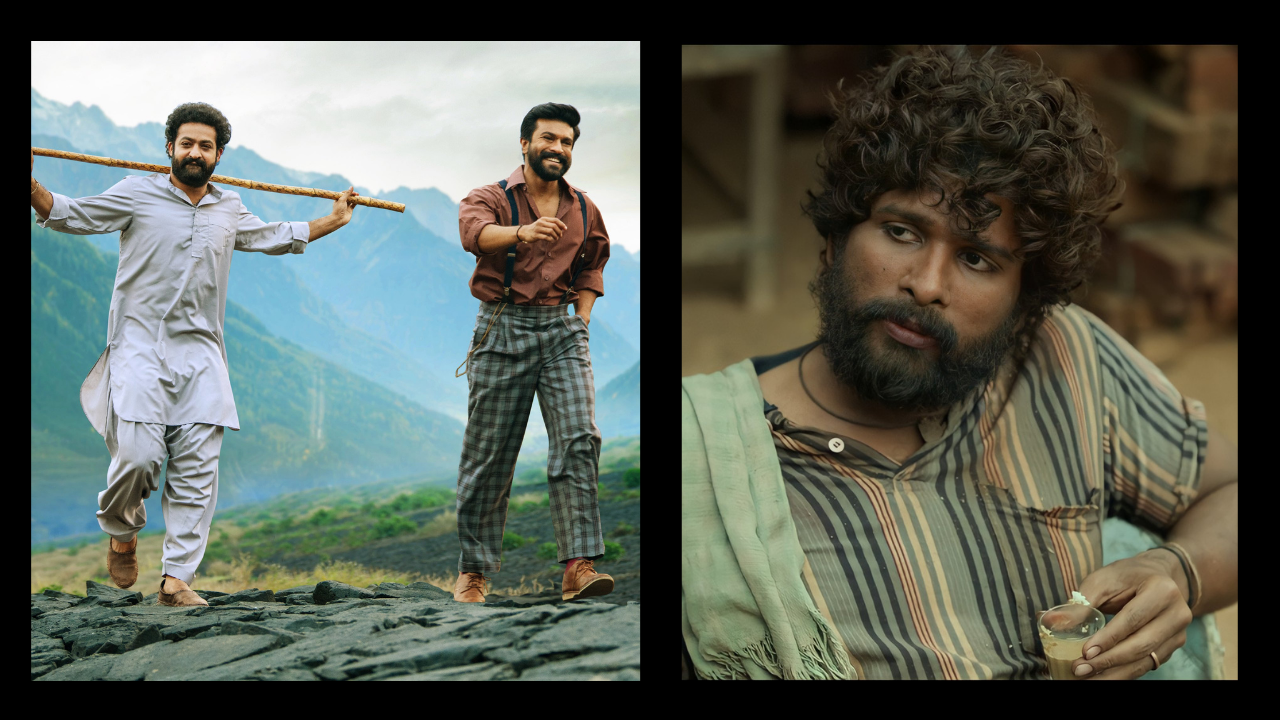
Indian cinema is not just Hindi, popularity of South films are changing BO scenario, experts opine
With the craze for South cinema dominating theatres over the last one year, is the popularity of South films changing BO scenario? Here's what the industry has to say.

Indian cinema is not just Hindi, popularity of South films are changing BO scenario
The last year saw a sudden boom when it comes to South content dominating theatres. While Indian cinema has always been a heady concoction of regional films along with Bollywood, but with the COVID-19 pandemic hitting the Hindi film industry hard, it suddenly gave a major boost to South cinema.
With the craze for South cinema dominating theatres over the last one year, is the popularity of South films changing BO scenario?
Related News
Film critic and trade analyst Akshaye Rathi says that with the advent of the pandemic, one needs to realise that the only way to enhance the industry revenues and make feasibility come into films is by seeing the entire country as a market than just looking at the regions where the original language is spoken.

He adds, "A lot of Telugu films are now looking at entire India as a market. We saw it with Baahubali and Saaho and now we are looking at it again with Pushpa and soon with RRR. Similarly, Tamil films with Rajinikanth and Kamal Haasan in lead roles have performed spectacularly well. Similarly for Hindi films, we need to look at the South as viable markets, with not just dubbing but promoting it very aggressive there as well."
"If a Tom Cruise, Dwayne Johnson can be huge superstars in the whole of India, then I see no reason why a Ranveer Singh, Varun Dhawan or Ranbir Kapoor cannot relate to audiences down South or a Vijay, Allu Ajun, Mahesh Babu, Jr NTR or Ram Charan cannot relate to audience in North,” he says, adding, “It is only a matter of time that these linguistic and cultural barriers are demolished and we start operating like the Indian film fraternities.”
Similarly, producer and film business expert Girish Johar says Indian cinema was always been a concoction of Hindi and regional cinema. While the Hindi language films have gained popularity for a while now, what has happened in the last 18 months is a paradigm shift due to the pandemic.

According to him, these scenarios, though changed, are not stable, due to micro level restrictions that are taking place all across India. “The Hindi belt has been restricted mostly, and has subsequently come under of lot of pressure due to a huge number of cases and stringent lockdowns due to the pandemic. At the same time, down South, cases were less severe and even the films were more frantically driven by content, with South films faring very well even on OTT platforms.”
He adds, “There was comparatively less scare, and good movies came and worked, despite being a pandemic. At the end, South is doing lot of hard work in telling stories and seeing an upward curve in terms content and visibility.”
Actress Mahima Makwana, who was last seen in Salman Khan and Aayush Sharma’s Antim: The Final Truth, opines, “India speaks over 22 official languages and thousands of local diverse dialects, hence communication and entertainment is not confined to only Hindi.”

According to the actress, Hindi cinema holds a major stake in Indian Cinema but in recent times even the Hindi belt has witnessed some magical work through other languages, Telugu, Tamil, Marathi cinema is going through a golden period where not only the local audience, but the whole country or even the whole world is enjoying the content.
“In a way it is a great way of creating a healthy competition among regional industries and pushing mainstream film makers to create good content. Unlike earlier times, when we could only get to see regional content through remakes, the scenario has changed now with the kind of reach these films have,” she says, before concluding, “I feel all of this is a part of a much needed evolution for both, the makers and the audience.”
End of Article
Related News

Vicky Kaushal's 1st Look As Chhatrapati Sambhaji Maharaj From Chaava Will Leave You In Awe | Pics

BMCM Vs Maidaan Box Office Collection Day 12: Akshay-Tiger Film Collects More Than Ajay Starrer On Monday

Shah Rukh Khan Set To Return As Don But There' A Twist

Do Aur Do Pyaar Box Office Collection Day 4: Vidya Balan, Ileana D'Cruz Starrer Fails Monday Test, Mints Rs 25 Lakh

Srikanth Song Papa Kehte Hain 2.0: Srikanth Bolla, Rajkummar Rao, Aamir Khan, Udit Narayan Unveil 2nd Track From Biopic

